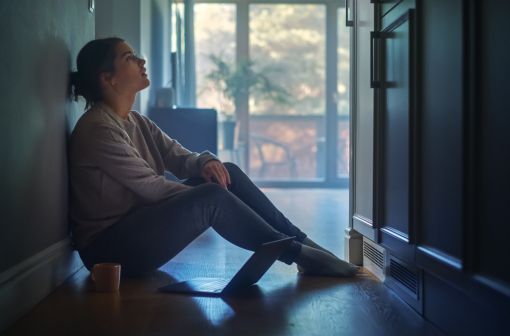“People have actually said to me: ‘You just look so much happier and so much more relaxed—I can see it in your face’. I've had multiple people tell me that.”—Michaela Reiss.
Key points
- Australian Unity Wellbeing Index research has found that people who live in regional or rural areas have better wellbeing than those living in urban locations.
- People living in regional or rural areas have significantly greater satisfaction with their sense of community connectedness and personal safety.
- Our research found satisfaction with health to be significantly lower in regional and rural areas than in cities, but satisfaction with relationships, achieving in life and future security was higher.
Right now, the notion of a tree change or sea change is more popular than ever, thanks to the COVID-19 pandemic, which triggered a reappraisal of urban life.
Our capital cities are witnessing a mass exodus, with record numbers of people relocating to regional areas .
Uprooting yourself in this way can be a huge decision with multiple repercussions for your daily life.
But will the move actually improve your wellbeing? Or do you run the risk of romanticising the appeal of fresh air and a sprawling backyard?

The outdoor type
Michaela Reiss took the plunge and moved to regional Victoria in 2020. Reflecting on her decision, the 26-year-old nurse is evangelical about the benefits.
“People have actually said to me, ‘You just look so much happier and so much more relaxed—I can see it in your face’,” she says. ”I've had multiple people tell me that.”
Leaving Melbourne with just her pet dog for company, Michaela quickly adapted to a gentler pace of life.
In retrospect, she now realises that the grind of city living took its toll.
“I was certainly more stressed before and my work-life balance was out of whack,” she says. “I’m much happier here.”
The success of Michaela’s move is due to range of factors.
On a practical level, she rejoices that she no longer has to endure a daily commute through heavy traffic before battling to find a car-parking space—the hospital where she works is now just a six-minute walk from her home.
Michaela also suspects that being surrounded by open green spaces offers a subliminal calming effect.
But most of all, she’s enjoying the greater warmth and sociability of the close-knit area.
“Overall, the people just seem happier,” she says. “There's more of a sense of community.”
Michaela’s experience echoes the findings of the Australian Unity Wellbeing Index.
Our data shows that regional and rural locations consistently trump urban alternatives in the wellbeing stakes, with people who live in regional and rural areas tending to enjoy a higher sense of personal wellbeing than their city counterparts.
Community spirit
“I’m not surprised by the findings as I think a sense of belonging is absolutely key,” says Ken Markwell, the Executive General Manager of Indigenous Services at Australian Unity.
“People who live in regional and remote areas often benefit from a real sense of community and connectedness. There are also usually sporting clubs, service clubs or community groups that bind people together in those locations.
“People in rural locations often have family living close too, so that strengthens that sense of community and belonging.”
Of course, regional life isn’t all pastoral bliss. Ken admits that remote areas will often lack the infrastructure of a big city, which can result in a lack of amenities.
“Some of the challenges that people face in these regional and remote areas are the long distances to health services, recreation and shopping,” he says.

Quality of life
Intriguingly, such deficiencies fail to cancel out the broader lifestyle benefits of living away from the big smoke.
While Australian Unity Wellbeing Index research found satisfaction with health to be significantly lower in regional and rural areas than in cities, satisfaction with other core components of wellbeing—relationships, achieving in life and future security—was higher.
Still weighing up city versus country life? Our research found pronounced differences in two key areas of wellbeing: safety and community connectedness.
It’s this in-built support system, Ken believes, that gives regional life its value.
“In a small town, people rally around each other,” explains Ken.
“In rural or remote areas, people share the good and bad times together, whether it be drought, flood or someone passing away.”
“Cities and larger towns can often be quite individualised, so family and community—that sense of belonging—can get overshadowed by careers.
That’s not to say that your professional life can’t be rewarding. But when you're on your death bed, would you say: ‘I wish I could pump out one more brief’, or rather, ‘I would like to spend an extra day with my family’.”
It’s a perspective that cuts to the heart of the eternal tussle between the benefits of urban and regional life.
The reality is less about weighing the quality of your flat white against breathing in the scent of the gum trees.
When it comes to your wellbeing, the ultimate decision hinges on finding that special place where you’ll feel truly connected.
Does where you live matter?
What does wellbeing look like for Australia’s states and electorates? We dig into the Australian Unity Wellbeing Index research to find out more.
According to Australian Unity Wellbeing Index data, your wellbeing could be affected by the electorate in which you live.
Here are the electorates with the highest and lowest personal wellbeing scores. The number of electorates that fall within the average range is 103.



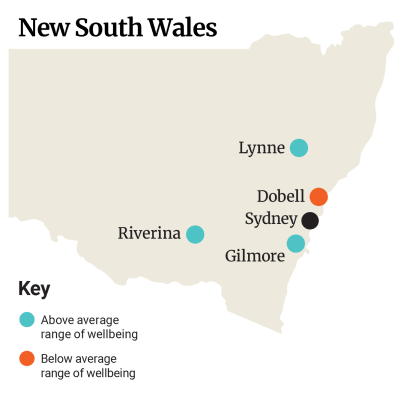
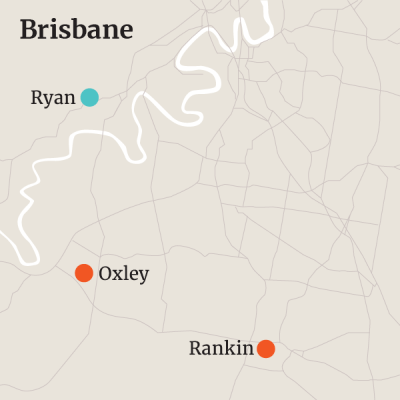
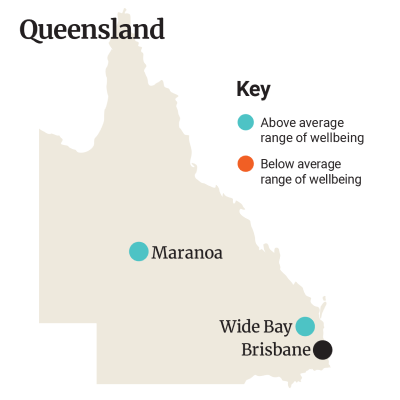
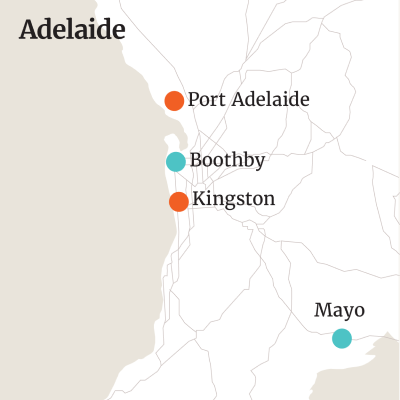

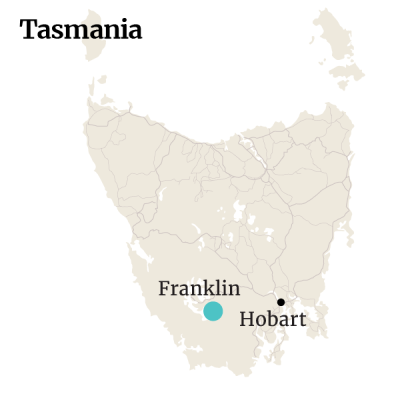

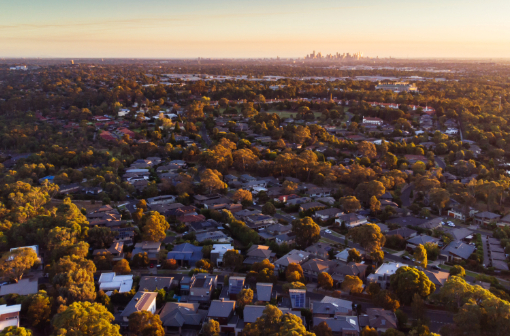





.jpeg)
